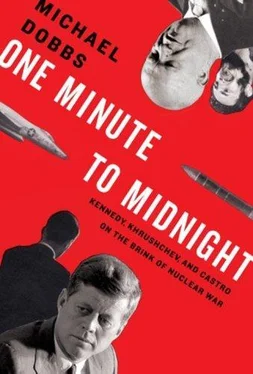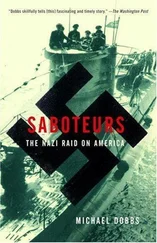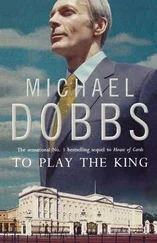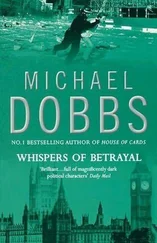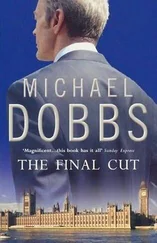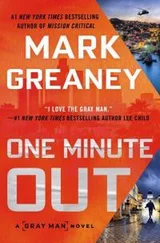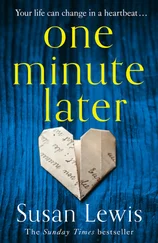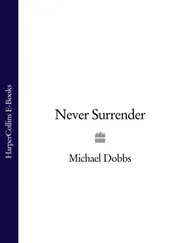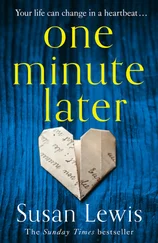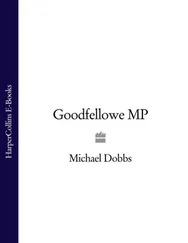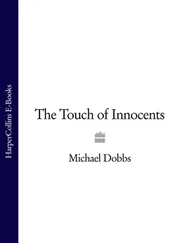In Havana, it was still: Oblizin interview; notes of Col. Vladimir Rakhnyansky, head of ballistic division, MAVI.
“cost the Soviets millions”: Blight et al., Cuba on the Brink, 109-11.
for “an important meeting”: Alekseev message to Moscow, November 2, 1962, NSAW Cuba. Transcript of missile crisis conference in Moscow, January 1989. Bruce J. Allyn, James G. Blight, and David A. Welch, eds., Back to the Brink: Proceedings of the Moscow Conference on the Cuban Missile Crisis, January 27-28, 1989 (Lanham, MD: University Press of America, 1992), 159. See also Blight et al., Cuba on the Brink, 117-22.
He was full of complaints: Putilin, 108.
“took it for granted”: Blight et al., Cuba on the Brink, 252.
“ con suprema dignidad ”: Castro letter to Khrushchev, October 28, 1962, Cuban document submitted to 2002 Havana conference.
“strengthen the Socialist camp”: Blight et al., Cuba on the Brink, 345; Fursenko and Naftali, One Hell of a Gamble, 187.
“very complex and excessively sensitive”: November 2, 1962, dispatch, NSAW.
dictated a holding telegram: NSAW Cuba.
“the brightest light”: Richard Rhodes, The Making of the Atomic Bomb (New York, Simon & Schuster, 1986), 672.
“I’d be a jellyfish”: Sakharov, 217.
“Fucked again”: Dallek, 429.
The weather on Novaya Zemlya: G. G. Kudryavtsev, Vospominaniya o Novoi Zemlye available online at www.iss.nillt.ru; V. I. Ogorodnikov, Yadernyi Arkhipelag (Moscow: Izdat, 1995), 166; author’s interview with atomic veteran Vitaly Lysenko, Kiev, May 2006.
To confuse American intelligence: Kudryavtsev article.
“Gruz poshyel”: Ogorodnikov, 155-8; Pavel Podwig, ed., Russian Strategic Nuclear Forces (Cambridge, MA: MIT Press, 2001), 503.
“I wouldn’t pull”: Unpublished Maultsby memoir, made available to the author by Jeanne Maultsby. History of 4080th Strategic Wing (SAC), October 1962, FOIA.
“Your mind never relaxes”: Heyser interview. See Michael Dobbs, “Into Thin Air,” WP Magazine, October 26, 2003.
“They had decided to settle”: Fursenko, Prezidium Ts. K. KPSS, 623, Protocol No. 62.
His intelligence folder on Friday: Fursenko and Naftali, One Hell of a Gamble, 261-2.
“Robert Kennedy and his circle”: Ibid., 249.
Khrushchev understood the Lippmann column: Soviet envoy Anastas Mikoyan later told the Cubans that this column had prompted Khrushchev to propose the Cuba-Turkey swap. See memorandum of conversation with Cuban leaders, November 5, 1962, NSAW Cuba. See also Fursenko and Naftali, One Hell of a Gamble, 275. Lippmann’s column appeared in WP and other newspapers on October 25.
“You are worried about Cuba”: Problems of Communism, Spring 1992, author’s trans. from the Russian.
“It is categorically”: Malinovsky message to Pliyev, October 27, 1962, 1630 Moscow time, NSAW.
The Americans “know very well”: Gromyko message to Alekseev, October 27, 1962, NSAW. A former Khrushchev aide, Oleg Troyanovsky, has claimed that the Presidium had “no idea” that publication of the Turkey-Cuba offer would create problems for Kennedy—see Troyanovsky, 249. However, the instructions to Alekseev make clear that the struggle for public opinion was an important part of Khrushchev’s strategy.
“Who gives you the right”: Theodore Shabad, “Why a Blockade, Muscovites Ask,” NYT, October 28, 1962. See also “The Face of Moscow in the Missile Crisis,” Studies in Intelligence, Spring 1966, 29-36, CREST.
a “training ground on which”: Petr Vail’ and Aleksandr Genis, Shesdesyatiye—Mir Sovetskovo Cheloveka (Moscow: Novoe Literaturnoe Obozrenie, 2001), 52-60.
“amused, disturbed”: Report from Eugene Staples, U.S. Embassy, Moscow, October 30, 1962, State Department Cuba files, NARA.
Soviet “state interests”: Malinovsky message to Khrushchev, October 27, 1962, MAVI.
“Cuba, give us back”: Vail’ and Genis, 59.
“quite intricate phrases”: Alekseev, November 2, 1962, NSAW dispatch.
“Dear Comrade Khrushchev”: Castro letter to Khrushchev, October 26-27, 1962, NSAW Cuba, trans. by the author.
“Razvernut’sya !”: Roshva interview. For details of the deployment, see Gribkov et al., U Kraya Yadernoi Bezdni, 89-90, 115-19; interview with Vadut Khakimov, former PRTB officer, in Vremya i Denghi, March 17, 2005.
Inside the naval base: GITMO intelligence reports.
“The U.S. authorities in Guantanamo”: December 6,1962, report from M. B. Collins in Cuba Under Castro, Vol. 5, 565. The CIA subsequently misidentified the FKR cruise missiles at Mayari Arriba as coastal cruise missiles known as Sopkas. The two missiles were similar to each other in appearance, but the Sopka did not carry a nuclear warhead and was intended for use against ships—see the discussion in CWIHP, 12-13 (Fall-Winter 2001), 360-1.
CHAPTER NINE: HUNT FOR THE GROZNY
were “fully operational”: CIA memorandum, The Crisis: USSR/Cuba, October 27, 1962, CREST.
Ham radio operators along: Reeves, 92.
“a war room for the Cold War”: Michael K. Bohn, Nerve Center: Inside the White House Situation Room (Washington, DC: Brassey’s, 2003), 30.
There was a continuous clatter: Salinger, With Kennedy, 253.
“a pigpen”: Bohn, 32.
Communications intercepts started: NSA and the Cuban Missile Crisis, October 1998 monograph, published by NSA.
Contrary to later myth: Bouchard, 115. See also Graham Allison, Essence of Decision (Boston: Little, Brown, 1971), 128.
A tactical strike force: JCS Scabbards message 270922Z, JFKARC; Cuba Fact Sheet, October 27, 1962, NSAW.
mobilized “at a rapid rate”: CIA memorandum, The Crisis: USSR/Cuba, October 27, 1962, CREST; JCS Scabbards report, October 28, 1962, Cuba National Security Files, JFKL.
All twenty-four Soviet SAM: JCS Scabbards message 270922Z, JFKARC.
Half a dozen Soviet cargo: Khrushchev message to U Thant, October 26, 1962, NSAW.
In fact, the consensus at the CIA: See, e.g., CIA memorandum, The Crisis: USSR/Cuba, October 27, 1962, CREST; “Operation Mongoose Sabotage Proposals,” October 16, 1962, JFKARC.
“there are damned few trains”: ExComm debate, October 25, 1962, JFK3, 254.
Three more reconnaissance planes: History of 55th Strategic Reconnaissance Wing, October 1962, AFHRA.
A subsequent investigation: USAF accident report, October 27, 1962, AFSC; author’s interviews with John E. Johnson, navigator on the RB-47 that aborted, and Gene Murphy, electronic warfare officer on backup plane, December 2005.
Carney spotted the Soviet ship: History of 55th Strategic Reconnaissance Wing; Sanders A. Laubenthal, “The Missiles in Cuba, 1962: The Role of SAC Intelligence,” FOIA; MacDonough message 271336Z, Grozny file, CNO Cuba, USNHC.
“weary and discouraged”: Andrew St. George “Hit and Run to Cuba with Alpha 66,” Life magazine, November 16, 1962. See also CIA memos on Alpha 66, October 30, 1962, and November 30, 1962, JFKARC.
“A hell of a fine piece”: Letter from William R. Hearst, Jr., to Clare Boothe Luce, Clare Boothe Luce Papers, Library of Congress.
By her own account: Telephone conversation between William Colby and Clare Boothe Luce, October 25, 1975, CIA files, CREST. A good account of Luce’s dealings with Keating appears in Max Holland, “A Luce Connection: Senator Keating, William Pawley, and the Cuban Missile Crisis,” Journal of Cold War Studies (Fall 1999).
Читать дальше
